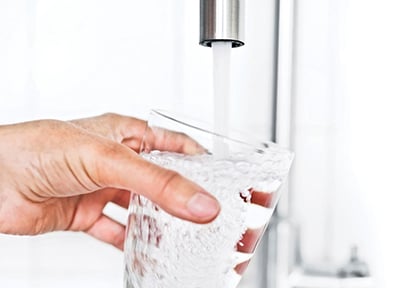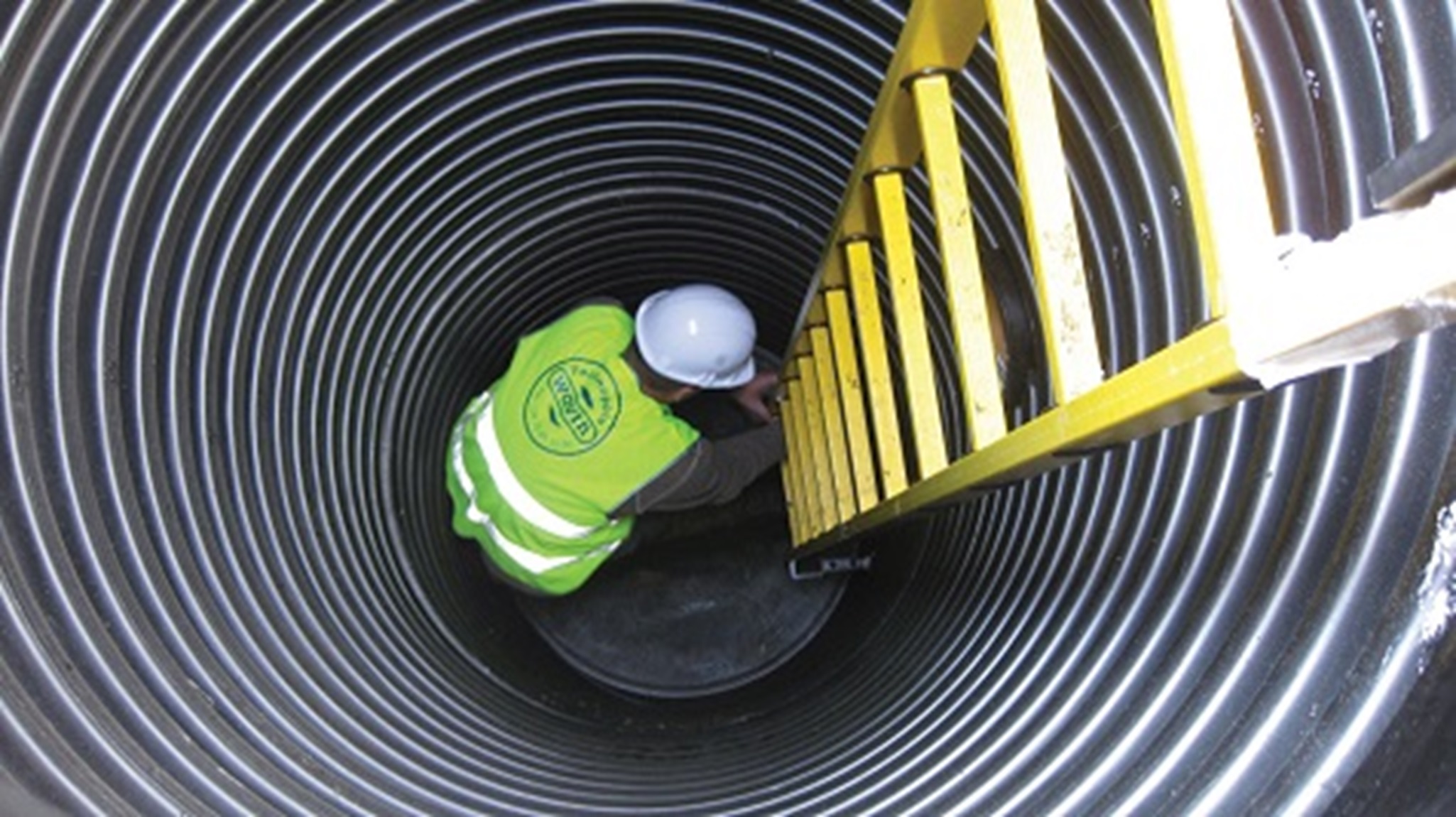The prevention of Legionella in high-risk water pipe systems
21 March 2017
When it comes to drinking water systems, hygiene is everything. Large plumbing systems, water heaters, hot tubs and especially our showers and faucets are all susceptible to potential life-threatening contaminants like the Legionella bacteria. As a result, many preventative measures are taken like adding chlorides to the water or increasing hot water temperatures. But how will this affect your pipe system lifetime? Wavin joined forces with Canada’s JANA Labs to develop a software tool that assesses the life cycle of a piping system that is exposed to Legionella prevention measures. This tool is risk management at its best. In fact, it was precisely because of this software tool that Wavin won a piping system contract in Belgium – for the Queen Mathilde Mother and Child Centre of the University Hospital Antwerp.

Good hygiene, health and safety are of paramount importance to a hospital entrusted with the care of mothers and their children. And this is why the project leader for the new Queen Mathilde Mother and Child Centre in Belgium needed some guarantees that the piping solution they chose to have installed would be one that would be durable, sustainable and safe. For them, safety meant – among other things – Legionella prevention.
Legionella in a nutshell
Legionellosis is a respiratory disease caused by Legionella bacteria. It can potentially cause a serious and sometimes fatal strain of pneumonia (lung disease), called Legionnaires’ disease. It can also cause a less serious infection (with flu-like symptoms), called Pontiac fever. The bacterium is found in freshwater environments like lakes, streams and rivers and grows best in warm standing water. It becomes dangerous when it grows and multiplies in a building’s water system. People become susceptible to Legionnaires’ disease when they inhale small droplets of bacteria-ridden water in the air.

Legionella control plan
Amongst a growing number of EU countries, the prevention of legionella is mandatory for public spaces in Flanders/Belgium. On February 9, 2007, the Flemish government passed a law called the Legionella Decision. The decree lists all the preventative measures that need to be followed for water supplies, cooling towers, air conditioning systems with humidity treatment, other water and specific measures for exhibitions. These measures have been stipulated, based on the BBT (in English translation, this stands for Best Available Techniques) Report on Legionella control in new sanitation systems.
Apart from these government regulations, hospitals are amongst the high-risk buildings because their patients are highly susceptible to infectious diseases. Apart from following standard regulations to prevent legionella, hospitals need to have a legionella prevention control plan in place – which includes a program in which taking and evaluating a water sample is fundamental. The water management and legionella prevention plan must be in sync with the BBT – as to what the minimum and maximum temperature of the water pipes must be, the pipe system design (preventing dead ends), and disinfection (based on temperature, etc.) protocol. In the case of building expansion and renovation projects, chemical disinfection processes must be used.
One of the most important reasons for choosing Wavin materials was the warranty concerning the products’ lifespan – given by the JANA Labs calculation tool.Yves De Permentier , Imtech (the installer)
There is nothing better than a good tool
When Imtech, the installers for the Mother and Child Centre project, reviewed the report results that our JANA Labs tool generated and the level of detail that was provided on the product lifespan under very specific conditions, Wavin was chosen to provide the drinking water piping solution. The specific conditions that had to be met were twofold: first, the piping system should be able to withstand the temperatures and the chemical additives which would be used to disinfect the conduits, and second, they wanted a piping system with a long lifespan. And Wavin delivered. The 11,000 m2 Centre was fitted with the Wavin Tigris, Wavin PE and Wavin PP pipes and fittings.
Some Wavin words of wisdom
To anyone embarking on a piping project of this kind, we would recommend that they make sure that the pipe routing provides ample circulation to control water temperatures. And in the case of building expansion or renovation projects, chemical disinfection is often used and therefore our advice would be to think long-term and opt for a complete plastic pipe system.
One final word of advice: make sure that you have definitive proof of the expected lifespan of the materials you use. The ease of maintenance and high quality of plastic pipe solutions are setting the standard in the hot & cold drinking water and heating market.
Indeed, our JANA Labs tool is unique and the information it provides allows us to do a better job in providing our customers with solutions that not only mitigate the problem of Legionella, but also allows us to determine product lifespan in the context of pressure and temperature. In other words, it’s a game changer.
To see this pipe lifespan calculation tool in action, contact your local Wavin office.










